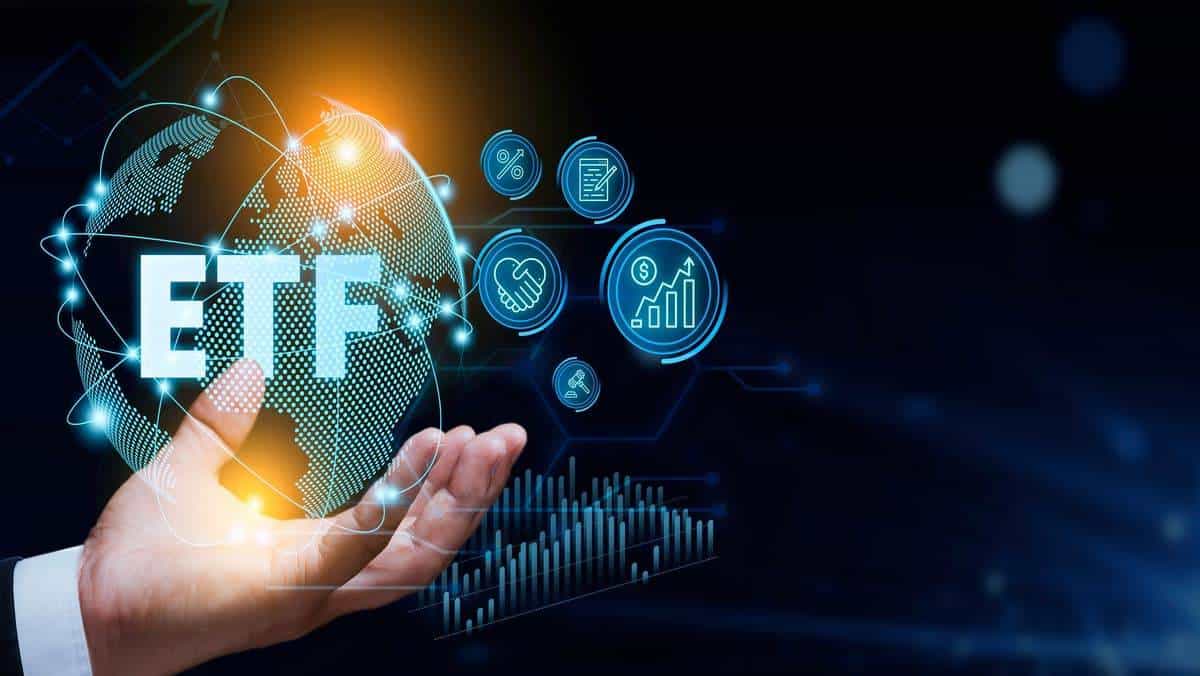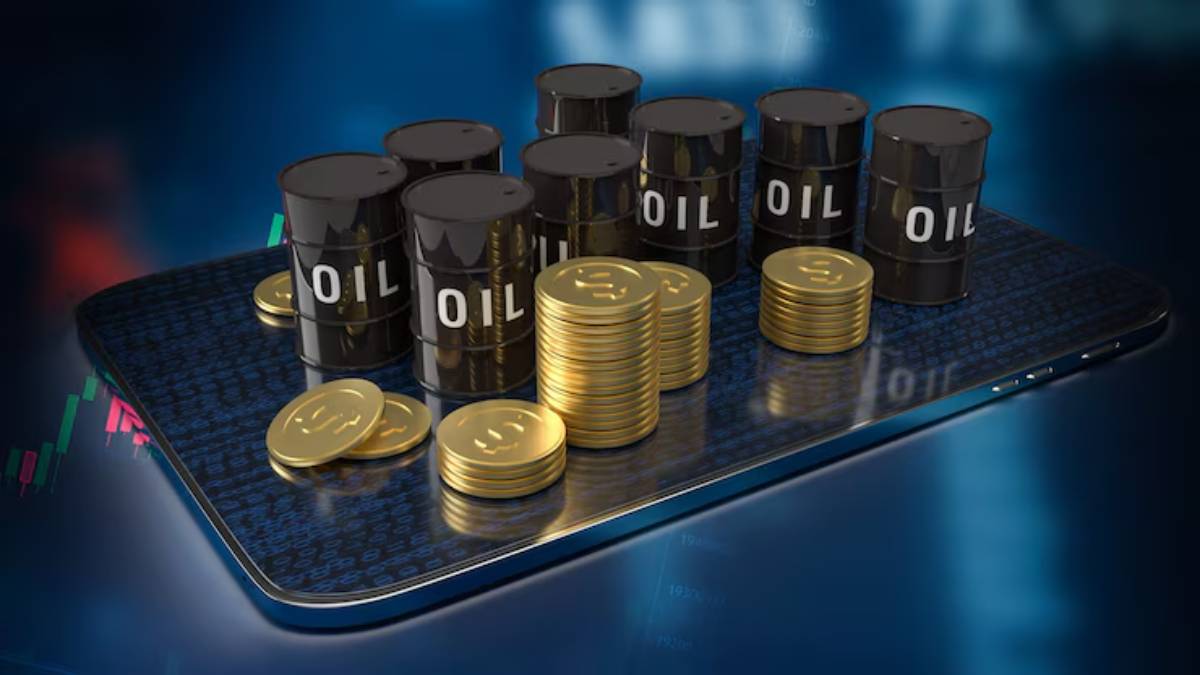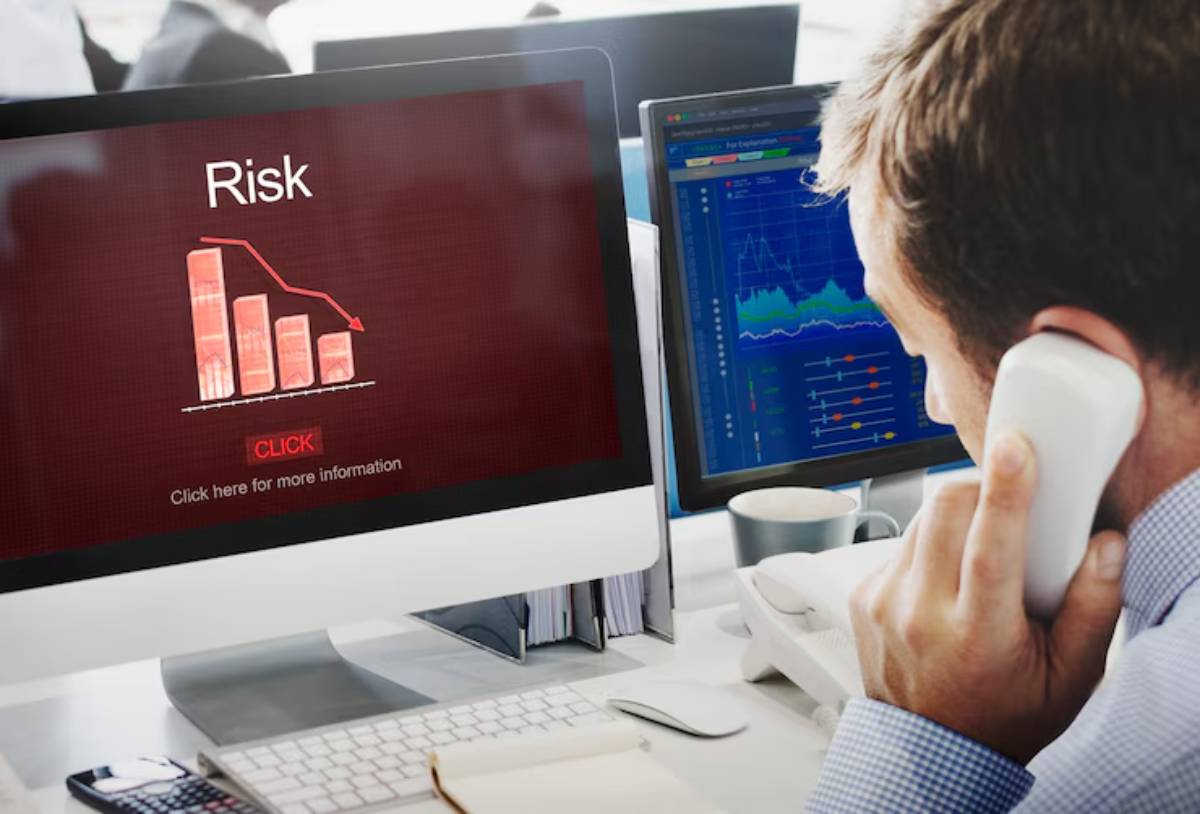
ETFs Explained: What Every Investor Should Know
Picture walking into a candy shop. You pick up a box filled with your favorites—chocolates, candies, marshmallows—all picked just for you. That’s how Exchange-Traded Funds (ETFs) work.
Investing can feel overwhelming. With stocks, bonds, mutual funds, and ETFs, it’s hard to know where to start. If you’re curious about ETFs, their popularity, and how they fit into your financial plans, you’re in the right place.
In this guide, we’ll cover the basics of ETFs, how they differ from other investments, and why more people are using them to build wealth. Whether you’re new to investing or refining your strategy, understanding ETFs is key.
What Are ETFs?
Defining ETFs
An Exchange-Traded Fund (ETF) is a basket of securities like stocks, bonds, or commodities. You can buy or sell them on a stock exchange just like individual shares.
Each ETF is designed to track the performance of a specific index, sector, commodity, or investment strategy.
A Brief History of ETFs
The first ETF, the SPDR S&P 500 ETF (ticker symbol: SPY), launched in 1993. It changed investing by mixing mutual fund diversification with stock trading flexibility. Since then, ETFs have expanded into nearly every area of finance.
Key Features of ETFs
Understanding what makes ETFs unique helps explain their popularity among investors.
- Diversification: One ETF can give you access to dozens, hundreds, or even thousands of securities.
- Liquidity: ETFs trade on exchanges during the day, so you can buy or sell anytime markets are open.
- Cost–Effective: ETFs usually have low expense ratios. This makes them cheaper than traditional mutual funds.
- Transparency: Most ETFs publish their holdings daily, so you know what you own.
- Tax Efficiency: ETFs often have lower capital gains distributions compared to mutual funds.
- Example: Want to invest in tech? Choose a tech-focused ETF. It includes big names like Apple, Microsoft, and Amazon.
How Do ETFs Work?
Creation and Redemption Process
ETFs operate differently from mutual funds. They use a “creation and redemption” system. This involves big investors known as authorised participants (APs).
- Creation: APs gather the underlying securities and exchange them for new ETF shares.
- Redemption: APs return ETF shares to the fund and receive the underlying securities.
This keeps ETF prices close to the net asset value (NAV) of their assets.
Trading ETFs
- Intra-Day Trading: ETFs differ from mutual funds. Mutual funds are priced only at the end of the day. But you can buy and sell ETFs whenever the market is open.
- Market Orders vs. Limit Orders: Investors can choose how they buy ETFs, giving them more control.
- Human Touch: My first ETF purchase felt empowering. In just minutes, I got a small slice of the global stock market. I didn’t need to do much research or pay high fees.
ETFs vs. Mutual Funds: Understanding the Difference
Similarities
- Both offer diversified exposure.
- Both can track indices.
- Both have management fees.
Key Differences
When comparing ETFs and mutual funds, several key differences stand out.
- ETFs trade all day like stocks. This lets you buy and sell at market prices. In contrast, mutual funds are priced just once at the end of the day.
- ETFs usually have a lower minimum investment. You can start with just the price of one share. In contrast, mutual funds often need a larger initial amount.
- ETFs are often more tax-efficient. Their unique structure usually reduces capital gains distributions.
- Most ETFs use a passive management style. They track an index. Mutual funds can be different. They may be actively managed or passive. It all depends on the fund’s strategy.
When ETFs Might Be Better
- You value flexibility: Buy and sell when you want.
- You seek lower costs: ETFs generally have lower fees.
- You want transparency: Daily disclosure of holdings.
Types of ETFs You Should Know About
ETFs come in various types, each suited to different investment goals:
1. Equity ETFs
Track stock indices like the S&P 500, FTSE 100, or sector-specific indices.
2. Bond ETFs
Provide exposure to government, corporate, or municipal bonds.
3. Commodity ETFs

Track commodities like gold, oil, or agricultural goods.
4. International ETFs
Offer access to markets outside your home country.
5. Thematic ETFs
Focus on trends like clean energy, artificial intelligence, or emerging markets.
Quick Tip: Begin with a broad-market equity ETF, such as the Vanguard FTSE Global All Cap Index Fund. This choice offers you instant global diversification.
Common Misconceptions About ETFs
1. “All ETFs Are the Same”
Not true. Some ETFs are actively managed, some track obscure indices, and others use leverage—this can increase both gains and losses.
2. “ETFs Are Only for Experts”
Wrong. ETFs are suitable for both beginners and experienced investors. Their simplicity often makes them ideal for those new to investing.
3. “Low Cost Means Low Quality”
Cost doesn’t always reflect quality. In fact, lower costs often lead to better performance over time because fewer fees eat into returns.
How to Start Investing in ETFs
Step-by-Step Guide
- Identify Your Investment Goals: Are you saving for retirement, a house, or financial freedom?
- Choose an Investment Platform: Look for user-friendly, low-cost brokers or robo-advisers.
- Research ETFs: Check expense ratios, tracking error, fund size, and holdings.
- Decide How Much to Invest: Start small and increase contributions over time.
- Make Your First Purchase: Use market orders for simplicity or limit orders for a specific price.
- Stay Consistent: Regular investing beats trying to time the market.
Real–World Example: Emma, a 30-year-old teacher from Birmingham, started by investing £50 a month into a global equity ETF. Over time, those small contributions grew thanks to compounding.
Risks of Investing in ETFs
While ETFs have many benefits, they aren’t without risks:

- Market Risk: If the market falls, your ETF will likely fall too.
- Liquidity Risk: Niche ETFs can be harder to buy or sell quickly.
- Tracking Error: Some ETFs don’t perfectly match the performance of their index.
- Product Complexity: Leveraged or inverse ETFs are more complex and riskier.
Golden Rule: Always understand what you’re buying. If you can’t explain it simply, reconsider investing in it.
Tips for Choosing the Right ETF
- Stick to Large, Well-Known Funds: They tend to be more liquid and trustworthy.
- Check the Expense Ratio: Lower is generally better.
- Understand the Underlying Index: Know what you’re investing in.
- Consider Your Risk Tolerance: Match your ETF choices to your comfort level.
Insider Tip: Websites like Morningstar and Just ETF are great for comparing ETFs based on your needs.
Building Wealth One ETF at a Time
ETFs have made investing accessible for everyone. They offer a flexible, low-cost way to build wealth. ETFs are key to a modern investment portfolio. They have a clear structure, wide diversification, and are easy to trade.
By grasping the basics, recognising the benefits, and being aware of the risks, you can confidently use ETFs to reach your financial goals. Remember, investing isn’t about getting rich quickly. It’s about growing your money wisely over time.
Feeling ready to dive into the world of ETFs? Take your first step today—research, invest, and watch your wealth journey unfold! If this guide helped you, share it with someone new to investing. You can also leave a comment below or subscribe for more easy investment tips!